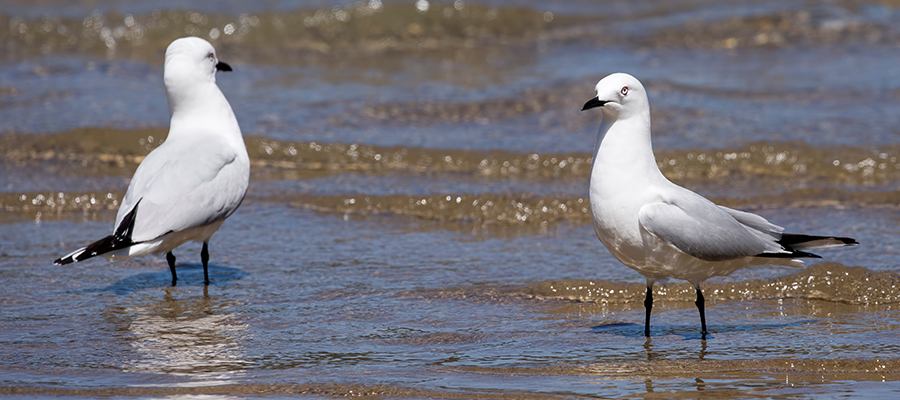
Successful season for black-billed gulls
Silence has descended upon the Ashburton River as the eventful summer breeding season of 2018/19 has drawn to a close for rare black-billed gulls.
At the noisy State Highway One bridge, the sound of traffic is no longer competing with a cacophony of squawks and caws from colonies raising their chicks on the river bed below.
The gulls last week left their posts of the previous months where they have steadfastly sat and stood to raise their young. Finally, their young got to the stage where they could fly, meaning at last they could all take to the wing and head off to other lands. Their nests left behind tell a story, and avian enthusiasts have been visiting the area.
Study underway
Environmental consultant Andrew Crossland is undertaking a study for Environment Canterbury on how the season went and said at the State Highway One area there had been five separate colonies and he had counted more than 850 nests, which are loose circular formations of sticks and stems.
Some appeared to have been from previous breeding efforts washed out earlier in the season. “Some nests look mint and some nests look munted,” he said. He also counted 308 fledged chicks when visiting on 9 February.
He still had photos to examine and was not sure at this stage if this was the sum total of successfully raised chicks from the site, or if some had fledged earlier and already left.
There was another successful breeding of black-billed gulls from a colony of about 2,000 at the Ashburton River mouth, where he had counted 895 fledglings on 12 January, representing a favourable rate of surviving chicks.
Flood events
Ashburton Forest and Bird chairwoman Edith Smith accompanied a group of Ashburton Kea Scouts to the State Highway One site this week. She said it was good to see birds at the two sites ultimately bred successfully, despite having to contend with several flood events repeatedly drowning out their efforts.
In particular there had been two serious floods. “It’s amazing the way they hang in, they grew up suddenly and next thing they were all away,” Smith said. The gulls would now head off around New Zealand to feed at various sites over the winter, such as the coast of the North and South Islands and across to Miranda in the Hauraki Gulf.
Some may remain behind as they did last year; for example, about 25 had stayed in the Ashburton Domain for the year. The gulls will return to begin eyeing up sites for breeding in the Ashburton River in August.
